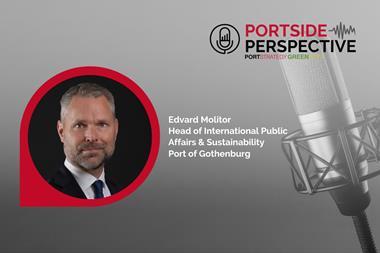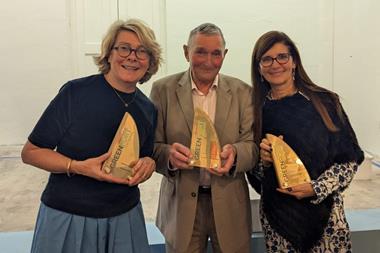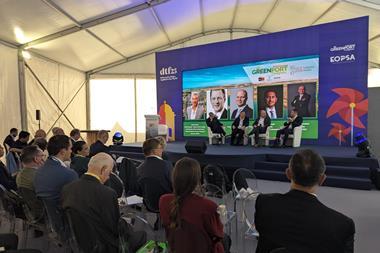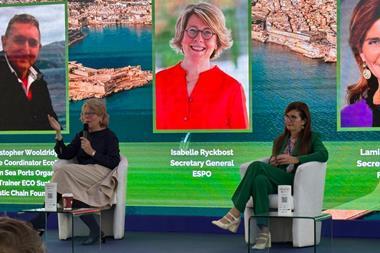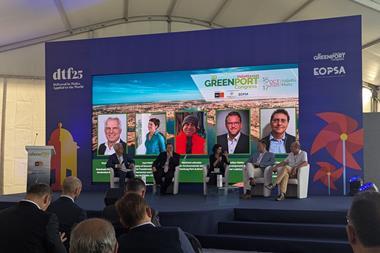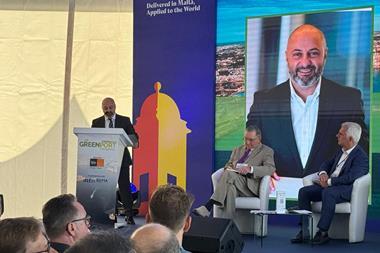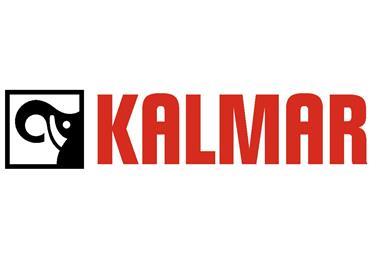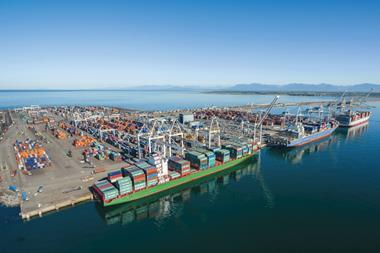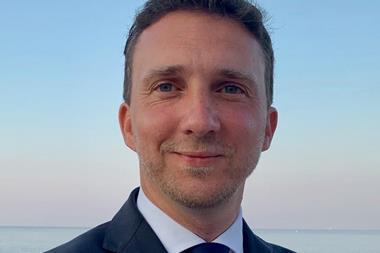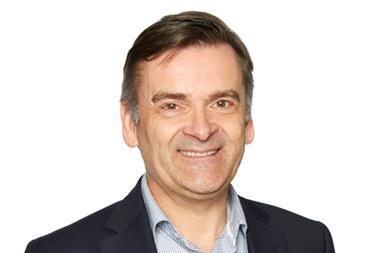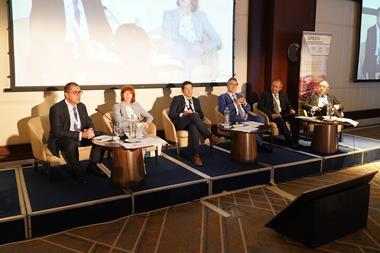Session 3 at the 2025 GreenPort Congress focused in on how nature-based solutions (NBS) can make port practices more tangible and practical, while protecting natural ecosystems.
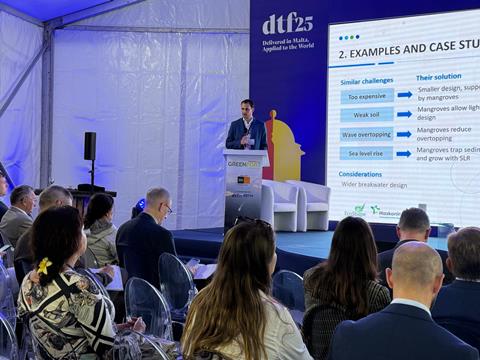
Niels van Kouwen, maritime and resilience consultant at Haskoning, talked about how NBS can help with wave and coastal dynamics attenuation, the beneficial reuse of dredged sediments and enhancing hard structures, to include existing infrastructure.
For example, Rotterdam has looked to artificial reefs to promote biodiversity and Jakarta has used mangroves to protect its breakwaters.
“By looking at NBS we can address loss in productivity of quay operations and energy savings can be achieved,” said Mr van Kouwen.
“Among other benefits, an NBS approach aids carbon sequestration, protects from coastal erosion and creates biodiversity.
He urged delegates to reach out because there is a wide variety of enablers that exist to support and enable NBS projects giving them far greater “bankability.”
A balancing act
A presentation by Arnold de Bruijn, director International Association of Dredging Companies (IADC), linked in really nicely on topic.
He spoke about how dredging has gone from manual labour and traditional solutions over the years to “nature-based ecosystem services.”
“It’s a balancing act, projects need comprehensive consideration and analysis of the societal, environmental and economic costs,” said Mr de Bruijn.
“This can then be used to guide the development of sustainable infrastructure.”
He talked about the importance of stakeholder involvement in projects and pointed to the Massvlakte 2 project at Rotterdam as a shining example of best practice.
“The guiding principle is to work with nature not against it,” he said.


